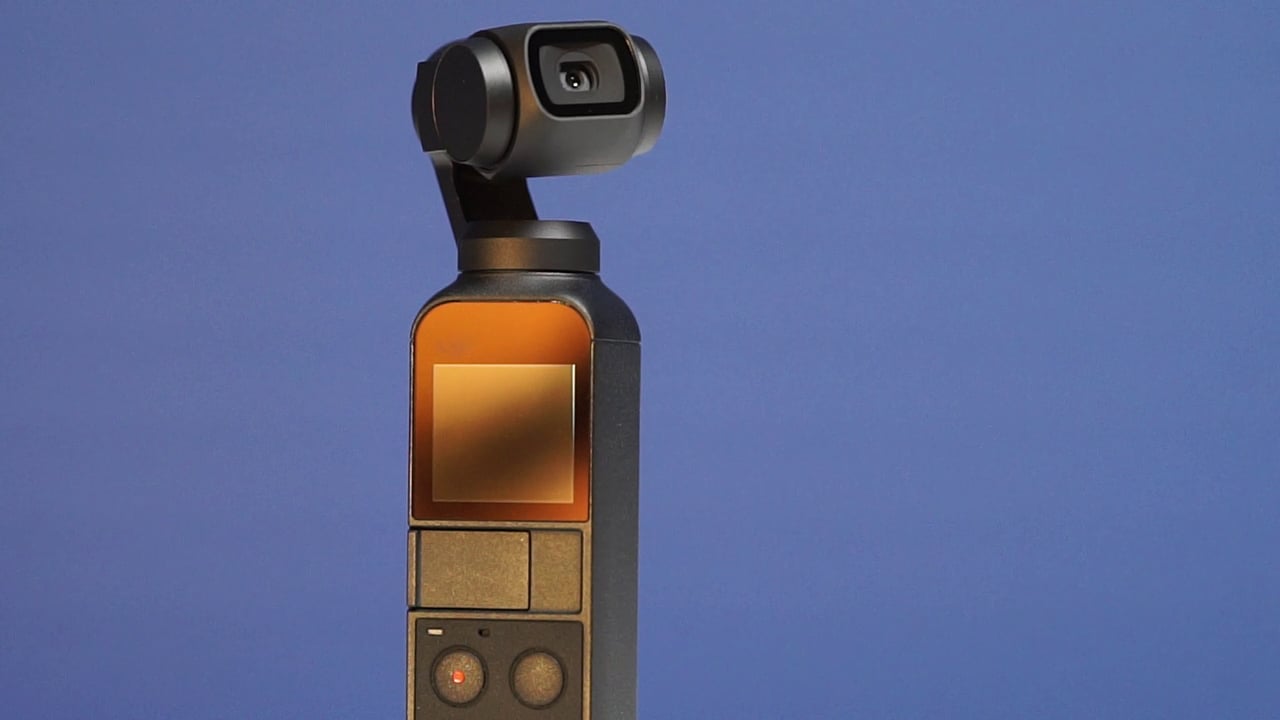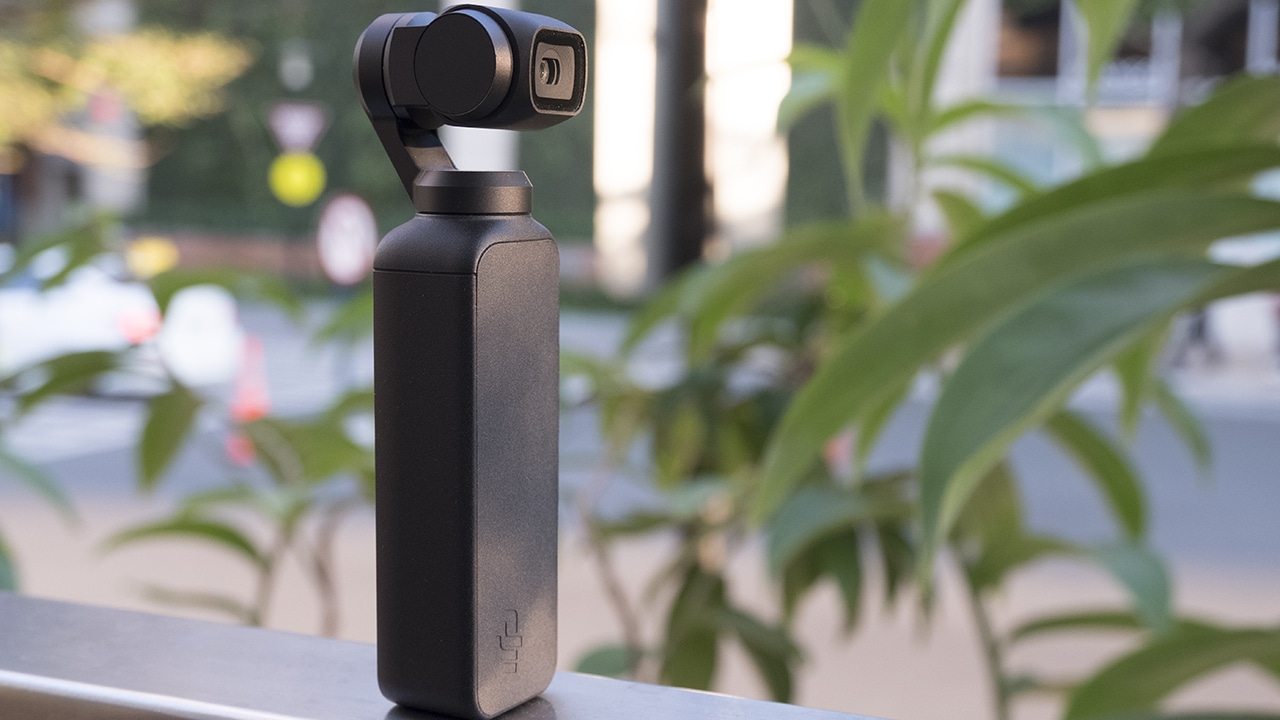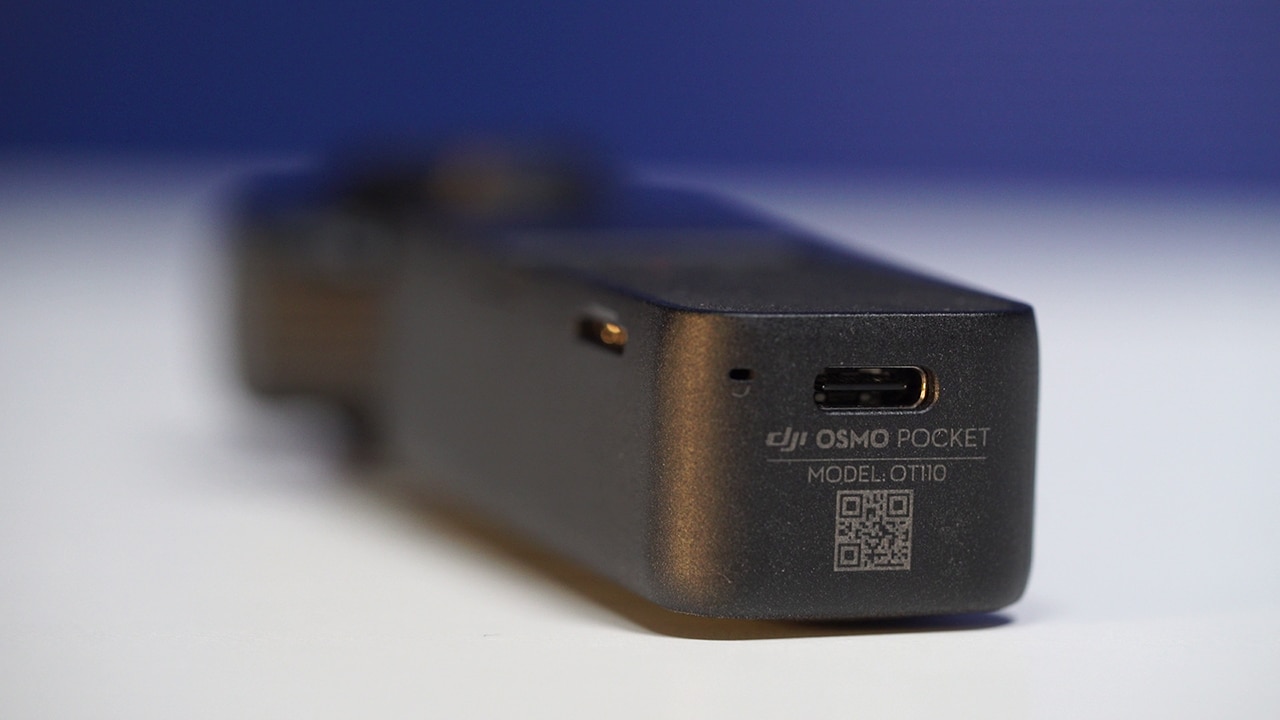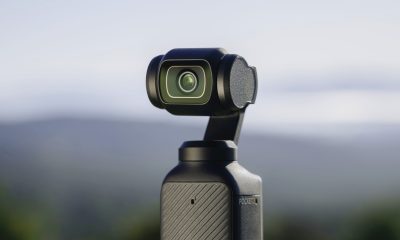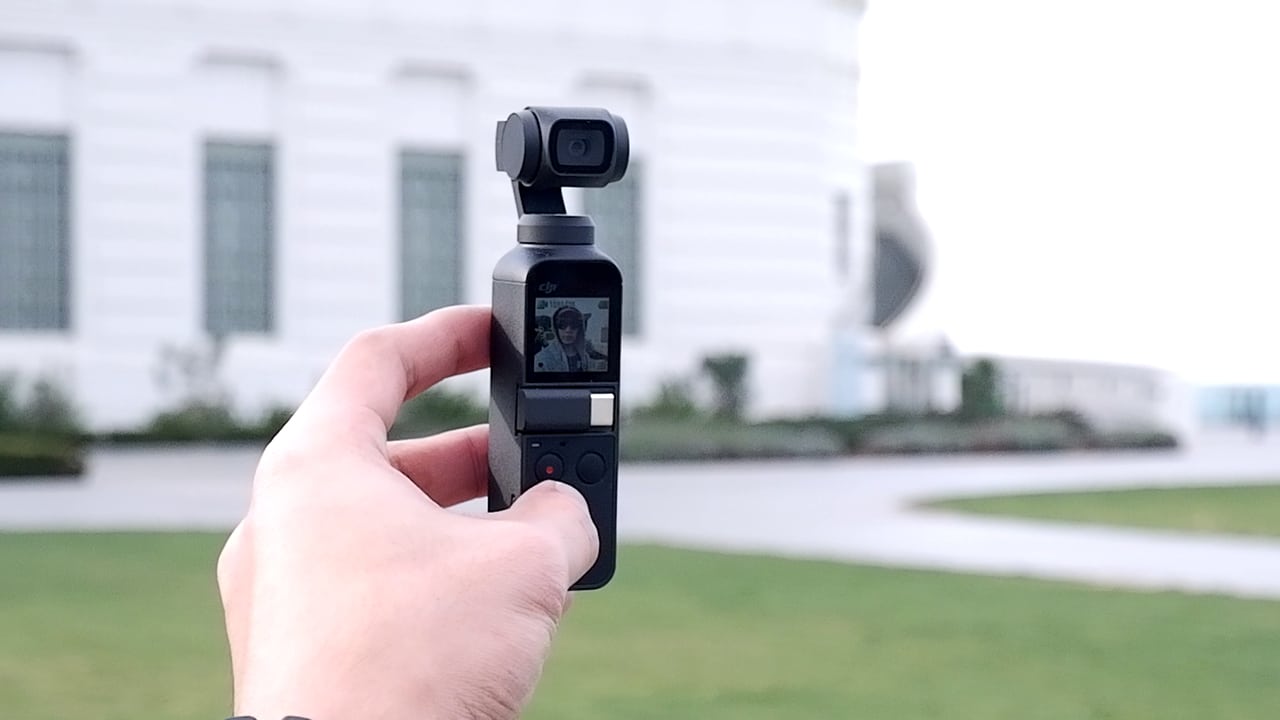
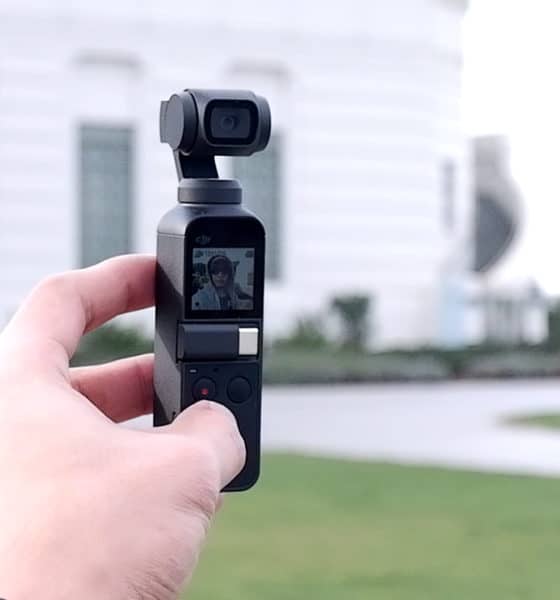
Looking back at technological trends of the yesteryears, there are certain patterns that we can see. One example is how devices have a tendency to become smaller and smaller over time — having better functionality in smaller packages.
During the 90s, cellphones were as large as walkie-talkies and later on shrunk when the likes of the Nokia 8210 came about. Fast forward to now, and not much has changed.
Stabilizers for professional cameras started out as huge rigs and were worn around the entire body. The size got reduced for DSLRs, then smaller for smartphones, and now, a full-blown three-axis gimbal with its own 4K camera can now be held and operated single-handedly.
This is the DJI Osmo Pocket. As its name suggests, it’s built for portability and ease of use since it easily slips inside the pocket. We’ve seen it coming, though. All DJI had to do was to take its camera-mounted stabilizer from its consumer drones and turn it into a handheld standalone product.
Having a stabilized camera for video shooting is the main reason you’d want to buy this. Although, there’s more to it than just capturing footage smoother than with your smartphone. For this review, we tested out its features, saw what works and what doesn’t, and compared it to another big name in the portable camera category: GoPro’s Hero 7 Black.
It has a candy bar-sized body
No built-in storage
USB-C port to keep with the times
Universal Port allows for additional connectivity
Built-in preview screen
Guaranteed stabilization
Feature-packed
DJI has pretty much polished the accompanying app for its drones and once again, they only needed to make a specific app for the Osmo Pocket. Called DJI Mimo, it’s made for this handheld device as an all-in-one software for shooting in Professional Mode and editing clips to produce a short video.
Those who have tried flying the company’s drones through the DJI Go app will feel at home using DJI Mimo. The layout is familiar, even with how the settings are lined up. Through this app, it’s easier to go for the Pro Mode that lets you have control over your settings. Remember: It’s always better to be able to tweak separate values the way you want to so you can achieve the shots you have in mind.
The sensor shoots 12MP photos and videos can go up to 4K at 60fps. You can also choose to go for a high frame rate of 120fps to achieve smooth slow-motion shots. Other features include First Person View mode, Active Track, and Motionlapse. We made a short video showcasing these shooting modes.
Image quality vs GoPro’s?
With its 1/2.3-inch camera, the Osmo Pocket has the same sensor as the first Mavic Pro. And, together with its RAW photo capturing and D-Cinelike color profile, you can turn your photos and footage into a cinematic piece good enough for professional use. Details are sharp during the day, and digital noise — although still present — is kept at a minimum when shooting at night. Recording videos at Full HD resolution is enough for your usual social media posts, although you can always go for 4K if you need a little wiggling room in manual post-production.
When you talk about a compact camera that would do great for travels, GoPro’s name almost always comes to mind. I personally have a lot of friends asking me which to go for between these two. I don’t blame them since it’s pretty common to see them as an alternative to the other.
If you simply want a handheld camera that shoots good photos and stabilizes your video clips, then I guess you can compare and choose between the two. For a quick shootout, we took side-by-side shots of a few scenes on both cameras. These were shot in standard mode and some samples were captured in GoPro’s wide mode to show the difference in field of view.
Now that you have an idea of their image quality, it’s worth noting that these two cameras are not so alike. Sure, they both have great video stabilization and offer a compact form factor, but a GoPro is more for adventure and sports with its wide selection of mounts and accessories. The accessories for the Osmo, since the product is still fairly new, are mostly sold out or not available in stores. Either way, these do not provide the same flexibility of use the GoPro mounts offer.
Another major difference is that the Osmo Pocket is not water- and dust-proof, unlike the Hero series that always has water resistance as part of its offerings. You could say the target market for these two cameras could be represented as a Venn diagram showing two different devices that slightly overlap with one another.
So who is it made for?
If the Osmo Pocket isn’t direct competition for GoPro, to whom does DJI target this device? To answer that, let’s first see where the Osmo Pocket delivers.
It’s very handy and easy to use. I went on an interstate trip in the US with the Osmo Pocket just in my… well, pocket, and taking it out and powering it up when I needed it was easy. Because of that, I’d say it’s definitely made for sightseeing during out-of-town trips.
Battery life is also satisfactory. During my travels, I made sure that the camera was fully charged before leaving the house. This would usually last me an entire day’s stroll — shooting photos and videos of the new places I visited.
Although, I’d still recommend bringing a dedicated powerbank since the battery isn’t removable like GoPro’s. And the battery understandably drains a lot faster when you shoot hyperlapse and other special modes.
Switching its camera from forward-facing to selfie mode happens in one swipe plus a tap, so it should be easy for vloggers to shoot while talking and even walking. Do take note, though, that audio reception through its built-in microphones can get tricky at times since it’s easy to cover the pinholes for the mic when you grip the entire body.
The company has already rolled out a firmware update that lets you access Pro Mode on the device itself without needing a smartphone to attach. This is an appreciated update since it’s not all the time you can afford to connect an extra smartphone just to go to the advanced settings.
However, having two ways to shoot would be a lot easier whenever you want to take your time and perfect your shot. This makes the Osmo Pocket a good tool for cinematic videography, as well.
Is this your GadgetMatch?
If you require more robust and flexible shooting equipment, you might want to look at GoPro’s selection. But if you find yourself doing the things mentioned above, the Osmo Pocket would fit your needs, undoubtedly.
I had a Hero 7 Black with me during the same trip and I only brought it out whenever I needed a wider shot or when I used a specific mount to capture a timelapse from a compromising spot.
The DJI Osmo Pocket is available internationally for US$ 349, but you can get one from Philippine retailers for around PhP 23,000.

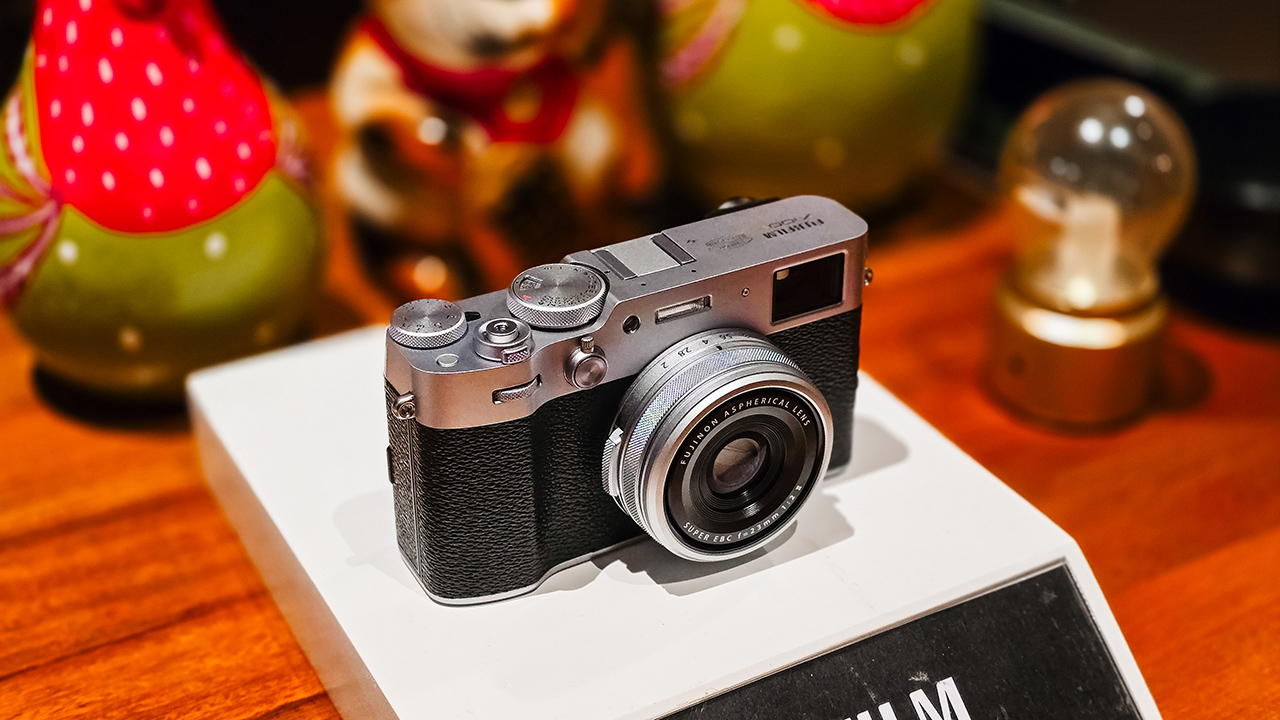
The highly-anticipated Fujifilm X100VI will make its Philippine debut at the FUJIKINA MNL 2024 Camera Fest in Bonifacio High Street, Taguig City. The event is free and open to the public and will be held from April 27 to 28. To register, click this link: FUJIKINA MNL
Celebrity Khalil Ramos will grace the local launch of the Fujifilm X100VI on the second day. Announced a few months ago, the X100VI uses a new 40.2MP X-Trans CMOS 5 HR sensor and is powered by an X-Processor 5 engine. These work together to allow more light absorption. The brand’s latest X100 series offering also features in-body image stabilization for the first time in the series. Moreover, the camera can film up to 6.2K at 30fps.
ALSO READ: Fujifilm announces X100VI, limited-edition model
Aside from the X100VI’s release, FUJIKINA 2024 also allows visitors to engage in various activities. First, there’s the Photo Walk event that lets enthusiasts explore Bonifacio High Street at night and capture its vibrant atmosphere. Participants may event get the chance to win a Fujifilm X-T30 II with their best shots.
Next, Fujifilm’s X-Series and GFX cameras will also be on display, free for passersby to test and feel. There are also three shooting studios for guests to capture memories: the Selfie & Pet, Travel, and Smile studios. And for regular Fujifilm camera users, the event will also offer free servicing.
Furthermore, there are two major photo exhibits throughout High Street, showcasing the best images from the Fujifilm community. Lastly, Fujifilm users may also pre-register for an exclusive XPPH Night here.
You may check the full schedule below.
April 27 – Amphitheater
10:00 a.m. onwards:
- Touch and Try
- Express Service
- XPPH Print Market
4:00 p.m. to 6:00 p.m.:
- Opening program
- Workshops
7:00 p.m. onwards:
- Photo Walk
- Contest
April 28 – Amphitheater
10:00 a.m. onwards:
- Touch and Try
- Express Service
- XPPH Print Market
4:00 p.m. to 6:00 p.m.:
- X100VI launch
7:00 p.m. onwards:
- XPPH Night
April 27 and 28 – C1 Park
10:00 a.m. onwards:
- Fujifilm Interactive Studios (Portrait & Pet, Wanderlust, Project Smile)
- Film Simulation Exhibit
April 27 and 28 – South Street
10:00 a.m. onwards:
- Nationwide Photo and Video Walk 2023 Exhibit
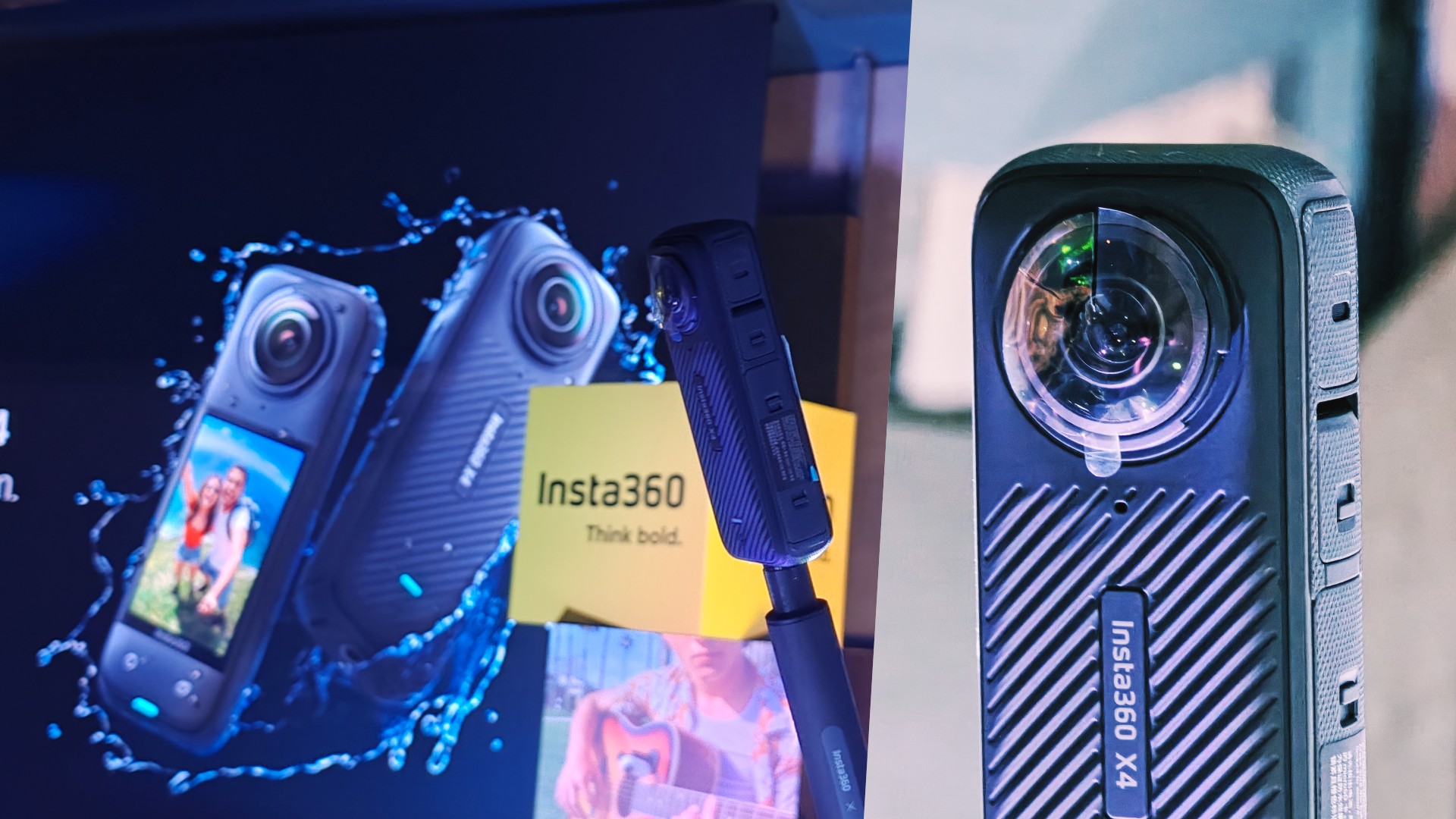
Insta360 is redefining what action cameras are capable of with the introduction of the Insta360 X4. Insta360’s latest offering allows users to film 8K resolution 360-degree videos. In addition, it can record slow-motion 4K videos at up to 120fps.
As expected, the X4 retains Insta360’s “shoot first, point later” ability and invisible selfie stick effect. Moreover, it doubles as a traditional action camera with “flat” captures in Single-Lens mode at up to 4K at 60fps.
The Insta360 X4 is available for US$ 499.99/ PhP 30,990 on the official Insta360 store, Amazon, and other retailers.
Incredible third-person views at 8K
The 8K at 30fps resolution is the highest setting for a 360-degree action camera yet. With such high resolution, users can expect detailed and sharp videos even after reframing, or choosing which specific angle to include in the capture.
For slow-motion, users can now film 4K videos at 100fps for cinematic shots slowed down four times. Furthermore, the highest resolution for a 60fps 360-degree video is upgraded to 5.7K. You may also use the X4 to take stills, as it is capable of 72MP 360-degree photos.
Two cameras in one
Aside from its default 360-degree capturing mode, users may utilize the Insta360 X4 as a regular wide-angle camera. They may shoot a first-person POV video with Single-Lens mode from a chest-mounted position. “Regular” means not having the fish eye-looking effect from the 360-degree mode and having ordinary, flat-looking images instead.
Under the Single-Lens mode, users will be able to record 4K videos at 60fps with an ultra-wide 170-degree field of view. This can be upgraded even more with MaxView while retaining 4K resolution at 30fps. Meanwhile, Me Mode, which erases the selfie stick, can film 4K at up to 120fps.
There are also upgrades on the X4’s creative shooting modes. Bullet Time can now shoot slow-mos at 5.7K at 120fps, or even 3K at an astounding 240fps. Hyperlapse videos, meanwhile, can be recorded in 8K quality.
Action specialist
A 5nm AI chip powers the Insta360 X4, along with a smart control system with Voice and Gesture Control features, and a host of AI-powered shooting and editing features.
The action camera comes with a 2.5-inch Corning Gorila Glass touchscreen for on-the-go use. Users may adjust the settings or choose the desired mode more easily.
The X4’s 2,290mAh battery allows for up to a 135-minute run time (at 5.7K@30fps). This is an impressive 67% longer battery life than its predecessor, the X3.
Moreover, the device is waterproof at up to 164 feet for diving, and cold-weather resistant at up to -20 degrees Celsius.
AI-powered editing
The X4 also harnesses the power of AI. Using the Insta360 app, users may simply move their phone or use the virtual joystick to point the camera. AI Edit, on the other hand, lets Insta360’s entire algorithm do the work for the reframing process. This improved algorithm has better subject detection, helping users save time. Users may also get creative with Shot Lab and Motion ND filters.
Cameras
Fujifilm announces X100VI, limited-edition model
The first X100 camera with in-body image stabilization
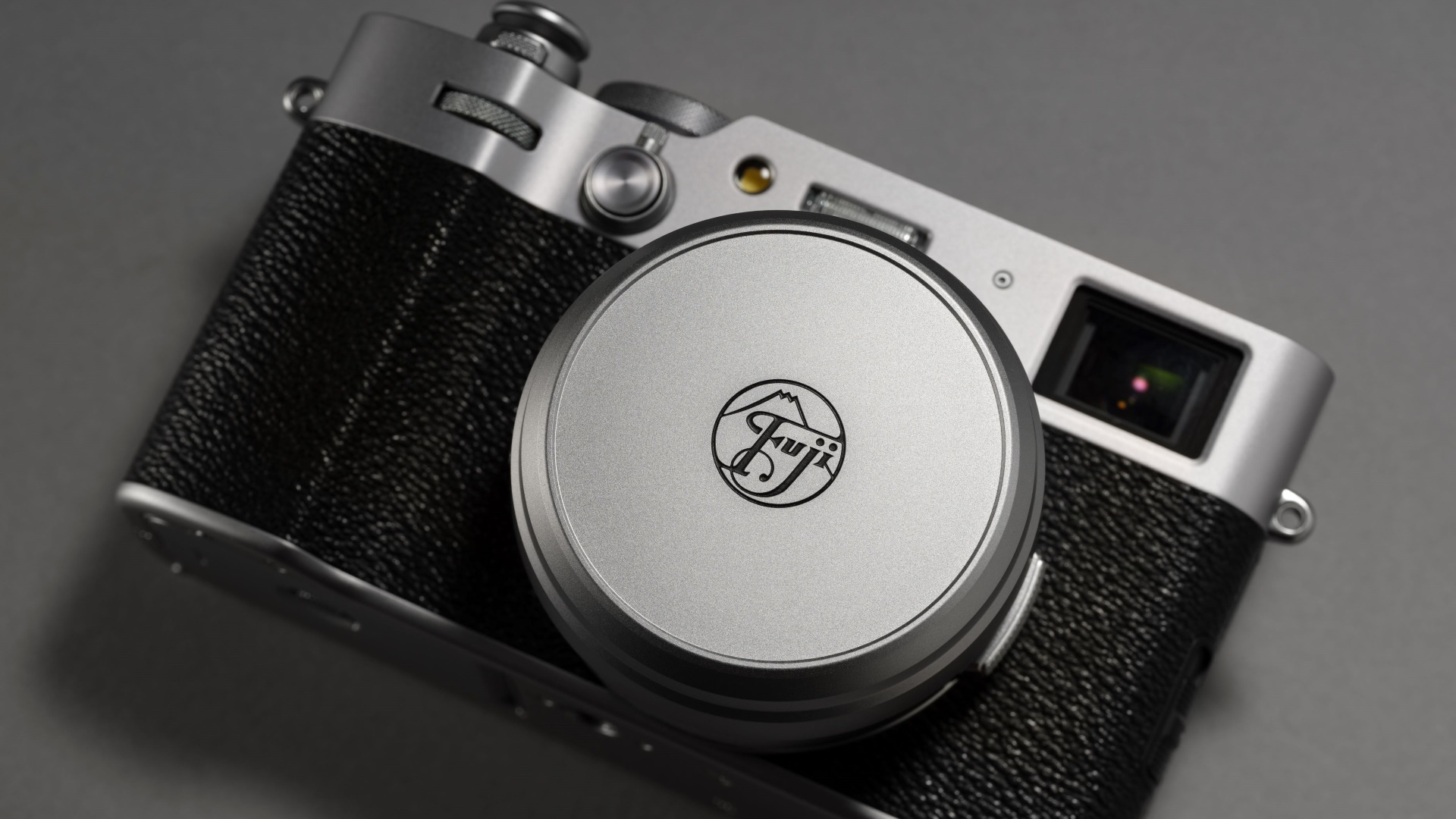
Fujifilm has launched its latest compact digital camera: The Fujifilm X100VI. The sixth generation model introduces a handful of firsts for an X100 series camera.
The X100VI boasts of a new 40.2MP X-Trans CMOS 5 HR sensor and is powered by an X-Processor 5 engine. These work together to allow more light than any prior X100 camera.
For the first time, the camera offers in-body image stabilization with up to 6.0 stops. Filming at up to 6.2K 30p has also been made possible.
High performance
In addition to more light absorption, the X100VI features ISO 125, which was only available as an extension in previous models. Its tracking AF function also ensures high-quality content especially for filming.
The camera comes with 20 film simulation modes, including the new “REALA ACE” mode for a diverse range of distinctive tones. This particular mode offers faithful color reproduction and high-contrast tonality which is suitable for various subjects and situations.
Moreover, the X100VI supports Frame.io Camera to Cloud without the need for additional accessories. Users will only need to wirelessly connect to the internet to automatically upload photos and videos. This speeds up the process from shooting to final editing.
Better operability
The X100VI also has an “Advanced Hybrid Viewfinder” function. With this, users will be able to switch between the optical (OVF) and electronic (EVF) viewfinders. The EVF itself is equipped with a high-resolution OLED panel with about 3.69 million dots.
Meanwhile, the “Electronic Range Finder” (ERF) allows a small EVF to be simultaneously displayed on the OVF. This permits the photographer to capture the subject in the OVF while magnifying the in-focus area in the small EVF.
Functional design
The Fujifilm X100VI retains the compact and lightweight look of its previous iterations. As with its predecessors, the latest model’s body uses aluminum for the top and bottom surfaces.
It has also adopted the X100V’s ultra-thin tilt LCD monitor design. The shape of the grip, on the other hand, has been fine-tuned to ensure a better feel. The positions of the buttons on the back have also been moved.
Limited edition X100VI
In addition to its release, a limited edition X100VI model will be made available to celebrate Fujifilm’s 90th anniversary. Only 1,934 units of the limited edition model will be available worldwide.
These numbered X100VI units are packaged in a special box that includes a special strap, soft release button, and history cards.
The camera body is engraved with the founding logo in 1934, along with a unique serial number.
In the Philippines, The Limited edition X100VI will retail for PhP 130,990. Meanwhile, the standard edition is priced at PhP 103,990.
-

 Features2 weeks ago
Features2 weeks agoFortify your home office or business setup with these devices
-

 Reviews2 weeks ago
Reviews2 weeks agorealme 12+ 5G review: One month later
-

 Gaming2 weeks ago
Gaming2 weeks agoNew PUMA collection lets you wear PlayStation’s iconic symbols
-

 Accessories1 week ago
Accessories1 week agoMarshall Major V: Reasons Why I Love It
-

 Gaming2 weeks ago
Gaming2 weeks agoMore PlayStation 5 Pro specs have been leaked
-
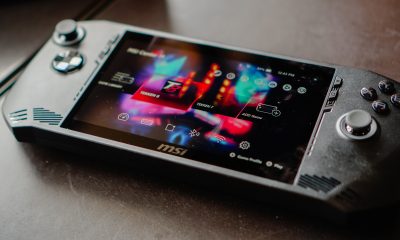
 Features1 week ago
Features1 week agoWhy choose the MSI Claw?
-

 Gaming2 weeks ago
Gaming2 weeks agoUbisoft is taking away copies of The Crew from your library
-

 Gaming2 weeks ago
Gaming2 weeks agoOne Piece Odyssey coming to Nintendo Switch


